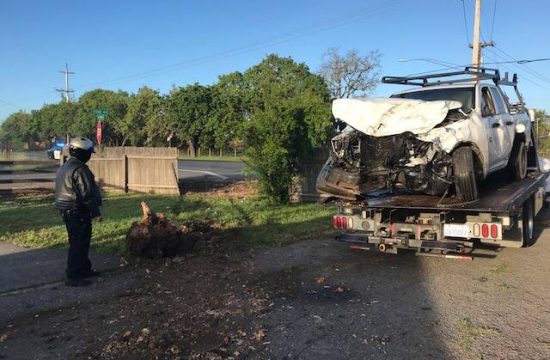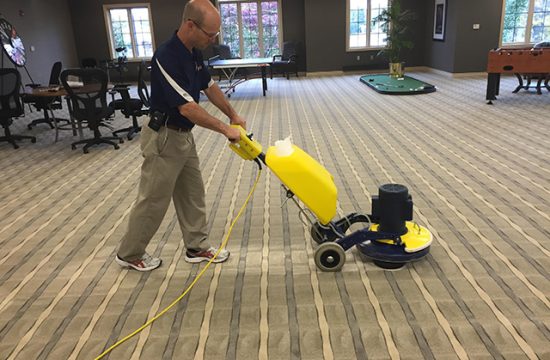In the ever-evolving world of automobiles, one aspect has remained constant – the pursuit of safety. Since the invention of the first automobile in the late 19th century, car manufacturers have tirelessly striven to enhance the safety of both drivers and passengers. This journey through time unveils the remarkable evolution of car safety technology, a testament to human ingenuity and the desire to protect lives on the road.
Early Days: Simplicity and Risk
The earliest automobiles were nothing short of mechanical marvels. However, safety was far from a priority. In the 1900s, cars lacked the basic safety features we now take for granted. There were no seatbelts, airbags, or even windshields. Drivers and passengers faced significant risks as they embarked on their journeys in these rudimentary vehicles.
The Advent of Seatbelts
The first significant step towards improved car safety came in the form of seatbelts. In the 1950s, engineer Nils Bohlin invented the three-point seatbelt, a design that revolutionized automotive safety. Seatbelts quickly became standard equipment in cars worldwide, reducing the severity of injuries during accidents and saving countless lives.
Crumple Zones and Impact Protection
As the 20th century progressed, manufacturers delved deeper into crash safety. The concept of crumple zones was introduced, which involved designing the front and rear of vehicles to deform upon impact, dissipating the energy of a collision and reducing injury to occupants. This innovation dramatically increased the chances of survival in crashes.
The Era of Airbags
In the 1980s, airbags emerged as a groundbreaking development in car safety. These inflatable cushions were designed to deploy upon impact, providing an additional layer of protection to drivers and passengers. Over time, airbags became more sophisticated, with multiple airbags strategically placed throughout the vehicle to minimize injury from various angles.
Advanced Driver Assistance Systems (ADAS)
The turn of the 21st century witnessed the integration of advanced driver assistance systems (ADAS) into automobiles. These systems, including adaptive cruise control, lane-keeping assist, and automatic emergency braking, leverage technology to enhance driver safety. ADAS technologies have paved the way for semi-autonomous vehicles, reducing the likelihood of accidents caused by human error.
The Rise of Vehicle-to-Everything (V2X) Communication
In recent years, the automotive industry has embraced the concept of Vehicle-to-Everything (V2X) communication. This technology allows vehicles to communicate with each other and with infrastructure elements such as traffic lights and road signs. V2X has the potential to prevent accidents by providing real-time information to drivers about potential hazards and traffic conditions.

The Promise of Autonomous Vehicles
As we move further into the 21st century, the automotive industry is on the brink of a seismic shift – the widespread adoption of autonomous vehicles. These self-driving cars have the potential to revolutionize road safety by eliminating the most common cause of accidents: human error. With sensors, cameras, and advanced algorithms, autonomous vehicles can navigate roads with unparalleled precision.
The Future: Constant Innovation
The evolution of car safety technology is far from over. As technology continues to advance, we can expect to see even more sophisticated safety features in future vehicles. From biometric driver monitoring systems to artificial intelligence that predicts and prevents accidents, the possibilities are endless. Car manufacturers are committed to making road travel safer for everyone. If you enjoyed this article about automobiles, then get redirected here!
In conclusion, the evolution of car safety technology is a testament to human progress and our dedication to protecting lives on the road. From the humble beginnings of the automobile to the dawn of autonomous vehicles, each era has brought us closer to the goal of eliminating accidents and ensuring safer journeys for all. As technology continues to advance, the future of car safety is brighter than ever before.






















